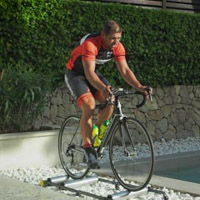
RIDING IN UNSTABLE CONDITIONS
Riding conditions on the road are not always ideal, so we should be ready for anything we might face on our bikes. It takes time to learn many skills but there are some conditions we can prepare for in advance. Here we are going to look at five potential problems that road cyclists often face.
COBBLESTONES
When riding on cobblestones, the faster we ride the better. If we are going downhill or have already gained enough speed, we simply stop pedalling and hold the bars by the hoods or on the drops and ride through the area smoothly. If we need to pedal, we sit in the saddle, shift to a higher gear and hold the bars on the tops or drops. We always brake carefully, being aware of the fact we are riding on an unstable surface.
CLIMBING A KERB
When climbing a kerb, we slow down, hold the bars on the hoods and, at the right moment, we lift the front wheel. As soon as the front wheel lands on the pavement we shift our weight towards the bars, tense the body and legs and, with the help of the clip pedals, we lift the rear wheel to avoid it hitting the kerb. These moves will gradually become automatic with a bit of practice.
JUMPING OVER AN OBSTACLE
Do you need to get over railway tracks or a kerb at high speed? You can jump over them using the bunny hop technique. After gaining some speed we stop pedalling, level the cranks, relax the body, and hold the bars by the hoods. We slightly lower our body before taking off and we jump over the obstacle by pulling up the bars and clip pedals at the same time. The faster we are going, the further we will jump.
RIDING ON GRAVEL
This kind of surface should be approached with extra caution and respect, as tire grip is very poor. We don’t lean into corners very much and prefer a larger radius. When we need to change direction, it is important to watch our speed. We brake with both brakes at the same time, emphasizing the rear one to avoid locking the front wheel.
WET ROAD
As with gravel, we also need to be really cautious in wet conditions. Tire grip is far lower than when the road is dry. We recommend lowering the tire pressure. To avoid skidding, we approach corners at sensible speeds. Disk brakes perform much better in wet conditions than traditional rim brakes. With rim brakes you need to be extra cautious, as they are not very effective in wet weather. We need to use our front brake very sensitively – applying it just a little too much can easily result in a fall.
 Road Bike Riding Technique Previous lesson
Road Bike Riding Technique Previous lesson Race skills
Race skills

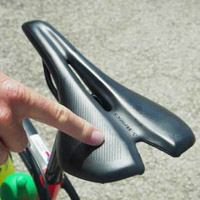
How to set up a road bike
Lesson 1
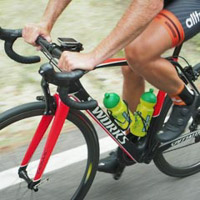
Body position and suitable road tire pressure
Lesson 2
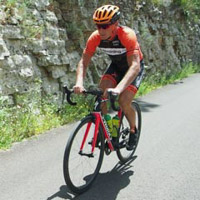
The right road bike shifting and pedalling technique
Lesson 3
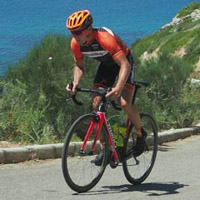
Road bike climbing tips
Lesson 4
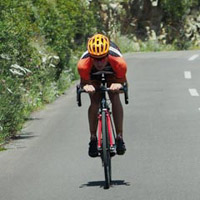
Going downhill safely on a road bike
Lesson 5
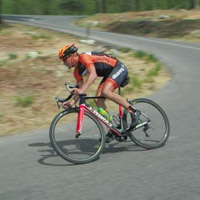
The right way to get through corners
Lesson 6
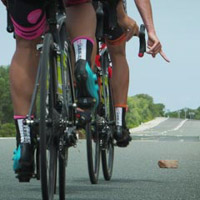
Hand signals and gestures
Lesson 7
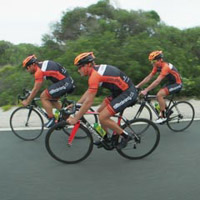
Principles of riding in a group
Lesson 8

Race skills
Lesson 9








